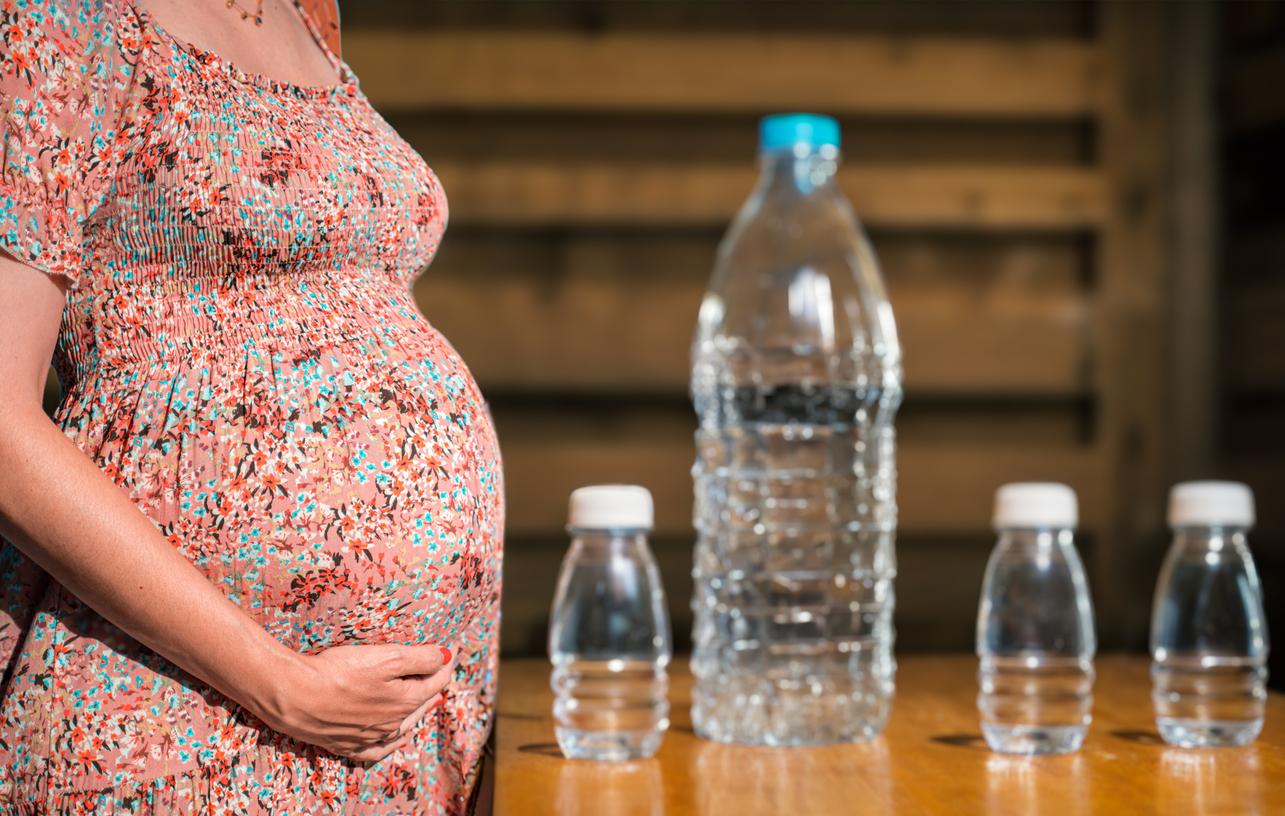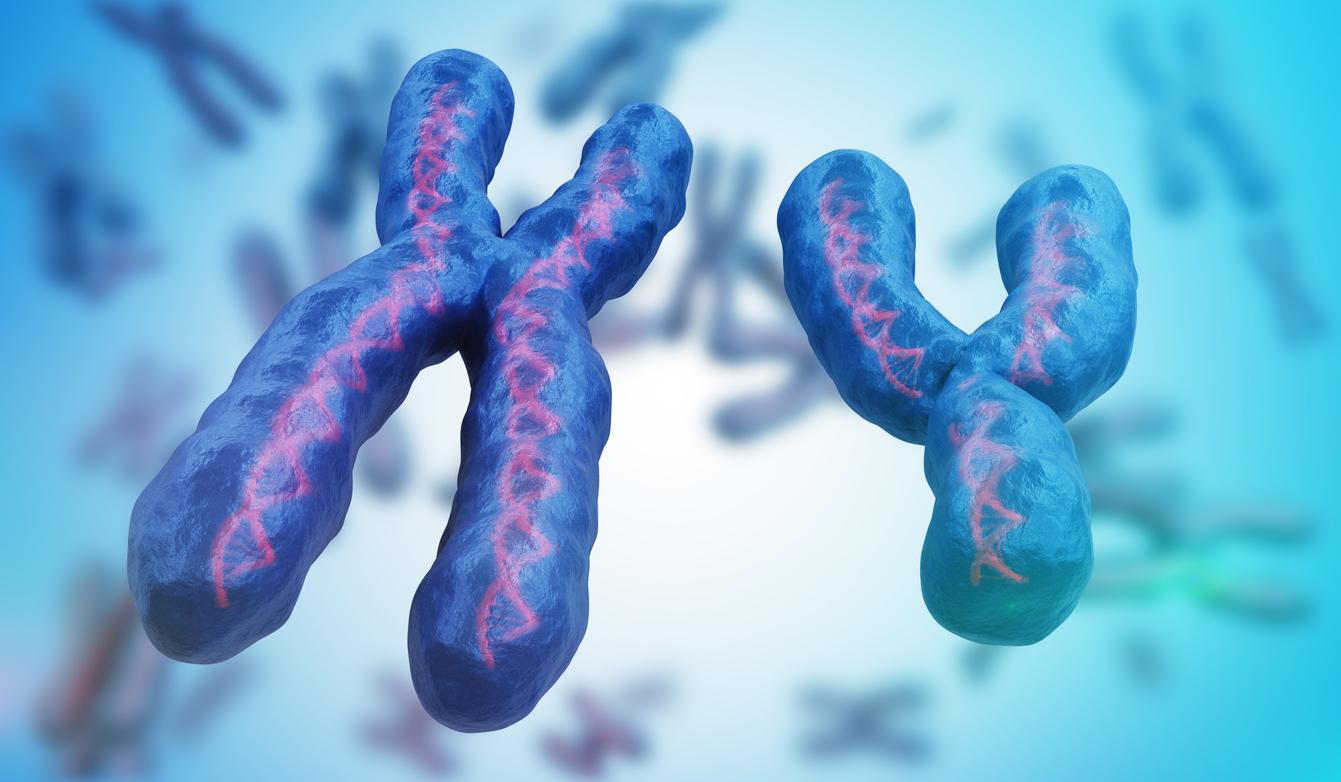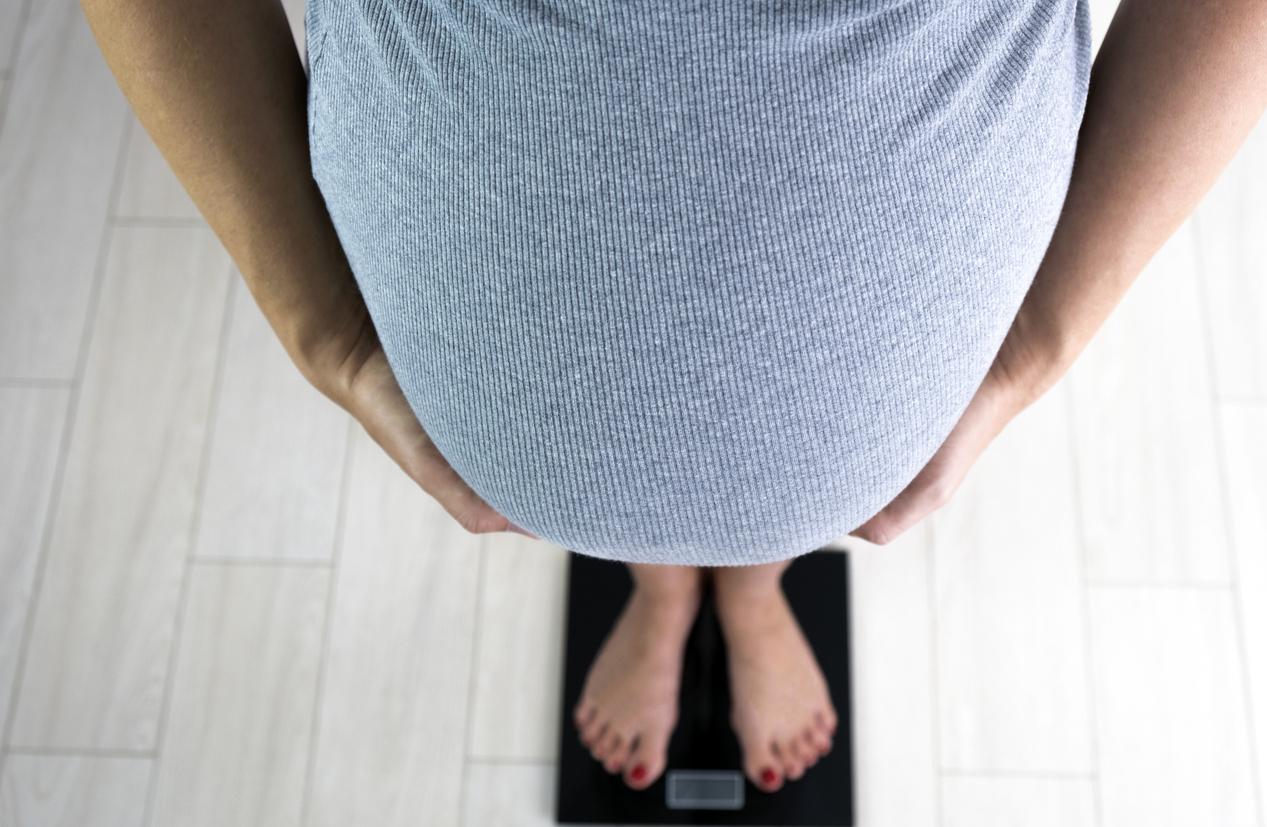An Australian study finds a link between prenatal exposure to bisphenol A and the diagnosis of autism spectrum disorder in boys.

- Higher levels of bisphenol A were detected in urine samples taken from pregnant women whose sons later turned out to have autism.
- The study thus supports the hypothesis of a possible link between autism and exposure to plastic chemicals in the uterus.
- The researchers also identified the biological molecular mechanism underlying this association.
“It has already been shown in some studies that exposure to plastic chemicals during pregnancy is associated with later autism in offspring”notes Professor Anne-Louise Ponsonby in a press release.
The scientist from the Australian Neuroscience Centre The Florey and her colleagues went further. In addition to highlighting a link between exposure to bisphenol A (BPA) during pregnancy and autism in boys, they identified the biological molecular mechanism underlying this association.
Autism Spectrum Disorder: BPA in the Crosshairs
By analyzing data from two large birth cohorts, the Barwon Infant Study in Australia and the Columbia Center for Children’s Health and Environment In the United States, researchers found that boys born to mothers with higher urinary BPA levels in late pregnancy were at greater risk of developing autistic disorder. This link was particularly strong in those with lower levels of aromatase enzymes. This substance controls neurohormones and plays a critical role in the development of the male fetal brain.
In detail, these children were 3.5 times more likely to show signs of autism by age 2. They were also 6 times more likely to have a verified autism diagnosis by age 11 than those whose mothers had low BPA levels during pregnancy.

Bisphenol A and autism: a possible mechanism highlighted
In this study published in Nature Communicationsthe team identified the possible biological molecular mechanism behind this association. “We found that bisphenol A suppresses the aromatase enzyme and is associated with anatomical, neurological and behavioral changes in male mice that may be consistent with autism spectrum disorder.”explains Dr Wah Chin Boon who participated in the research.This is the first time that a biological pathway that may help explain the link between autism and BPA has been identified.”
In France, the use of bisphenol A has been banned in the composition of food containers (baby bottles, bottles, canned goods, etc.) since January 1, 2015. But Professor Ponsonby points out that this substance and other plastic chemicals with endocrine-disrupting effects remain widespread and almost impossible to avoid.
“We all ingest plastic chemicals in a number of ways: through ingestion from plastic food and beverage packaging, through inhalation of home improvement fumes, and through the skin from sources such as cosmetics. These chemicals enter our bodies in many ways. So it’s not surprising that BPA was present in a large proportion of the urine samples from the women we studied. It’s important for us to understand how these plastics affect our health.”

















